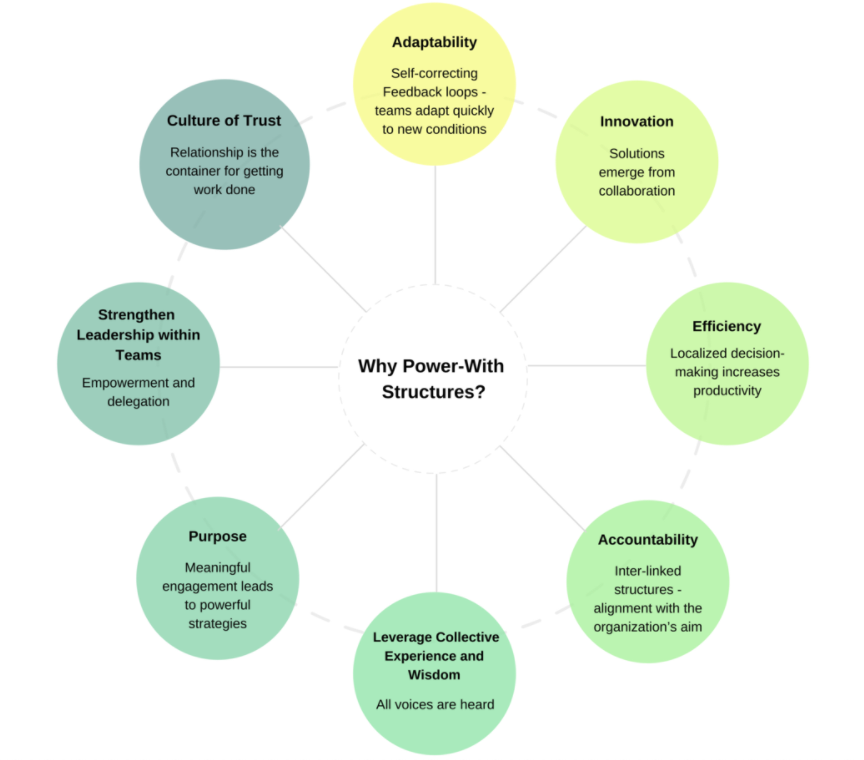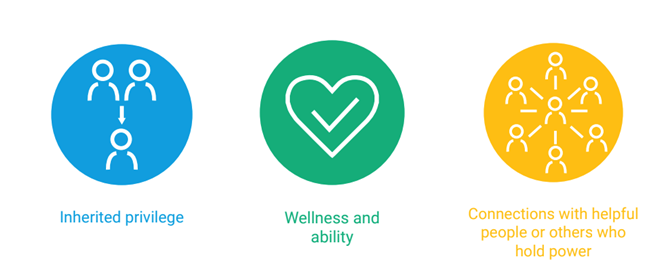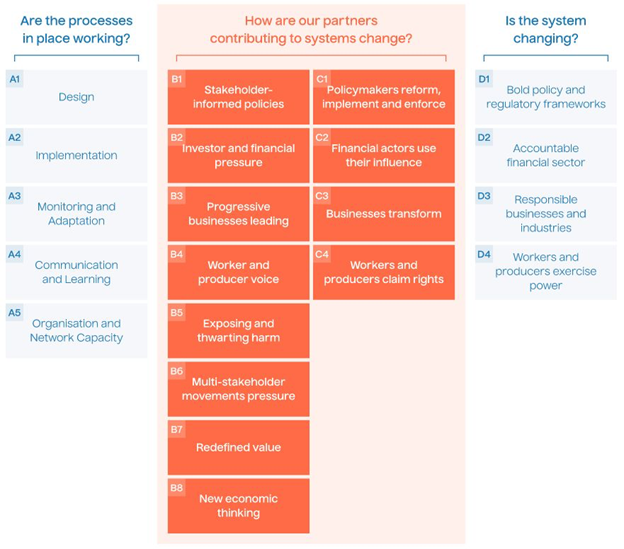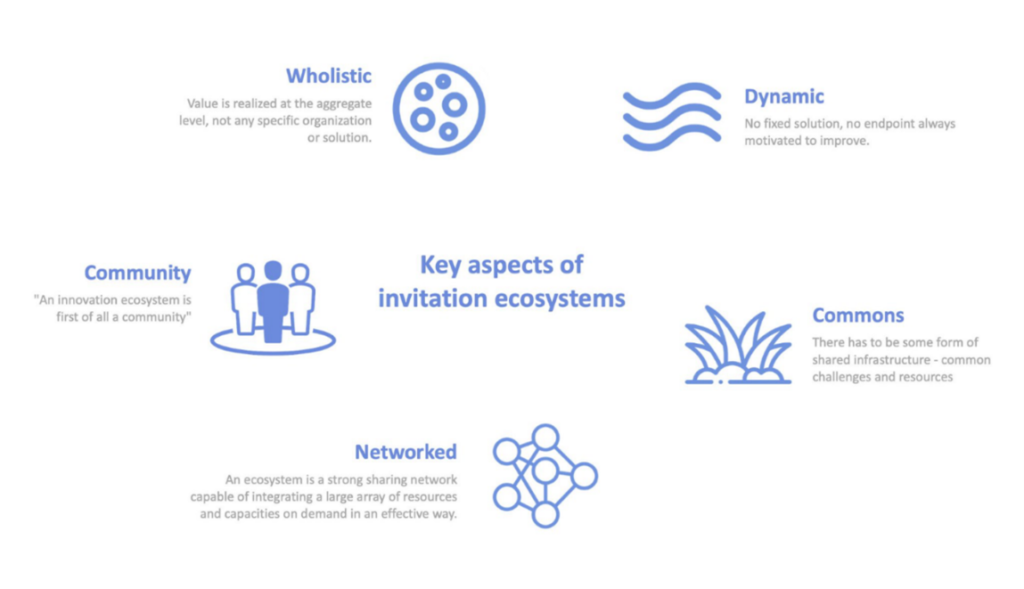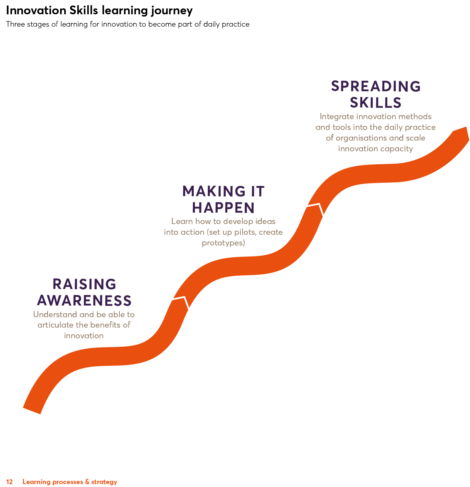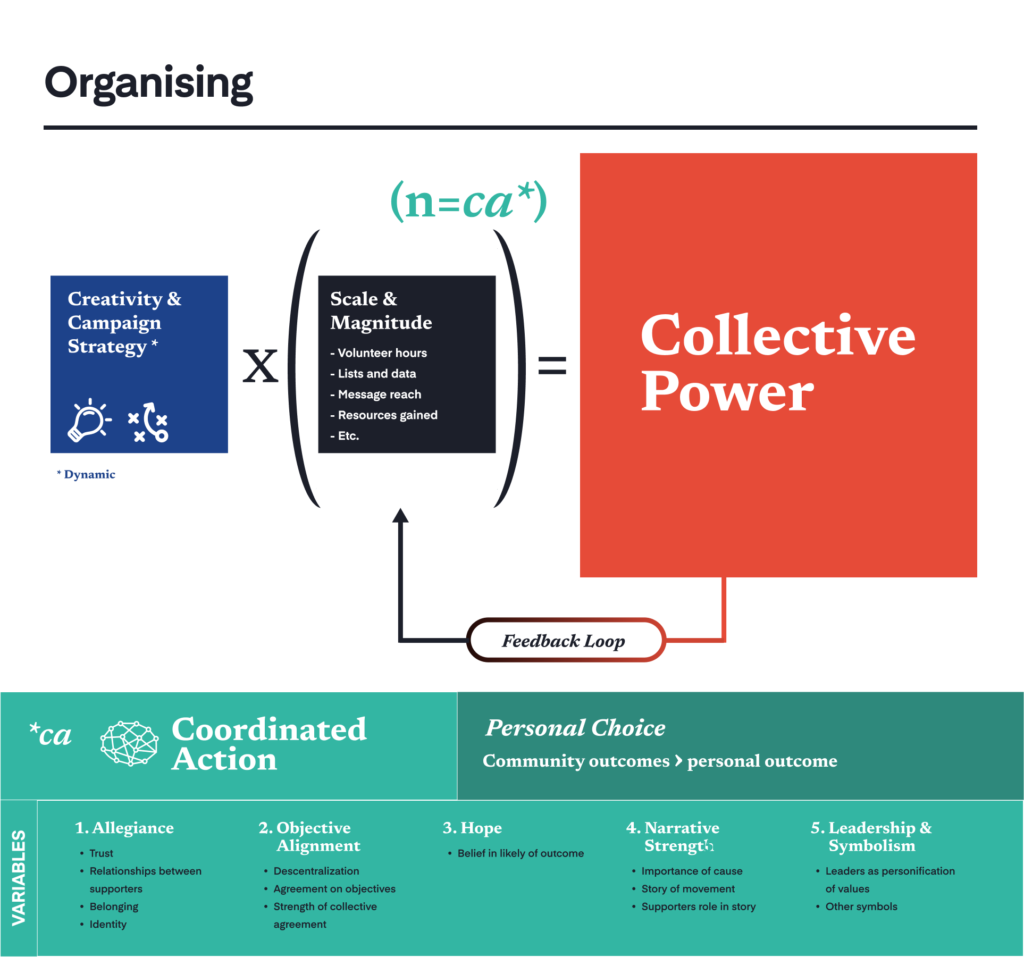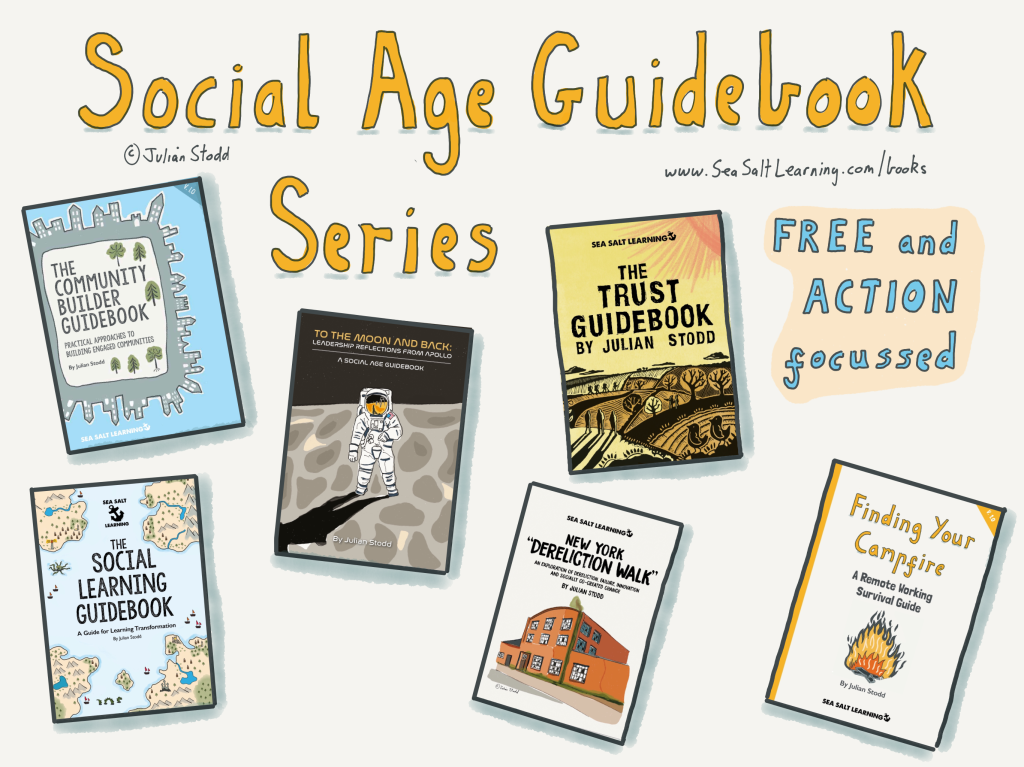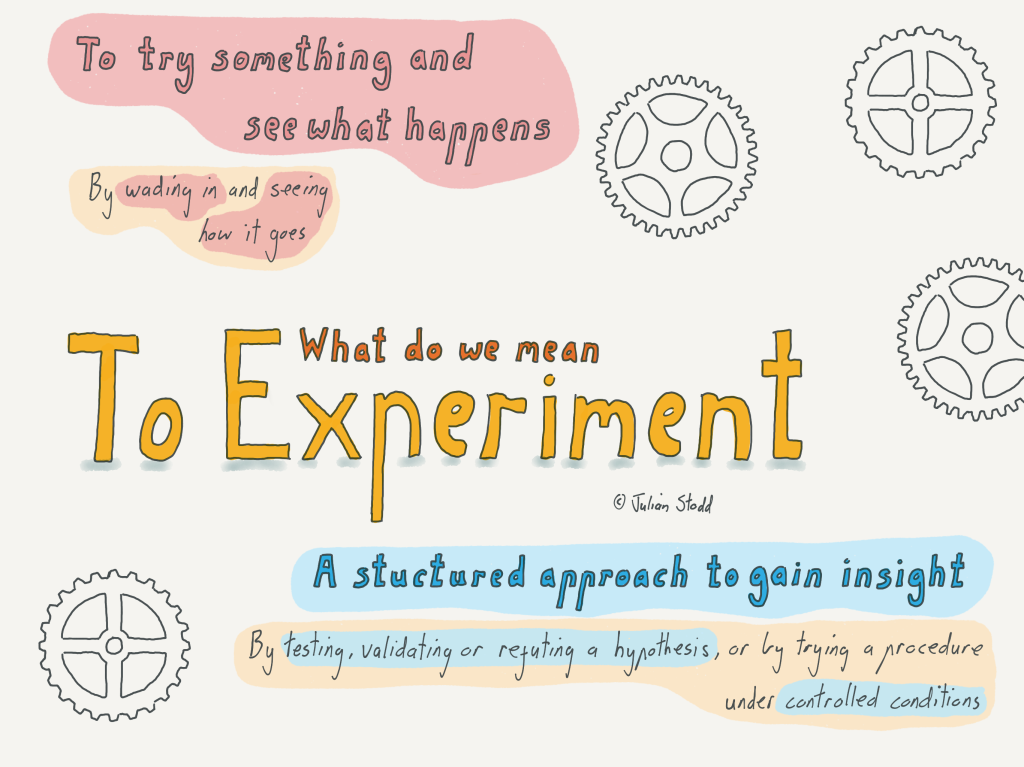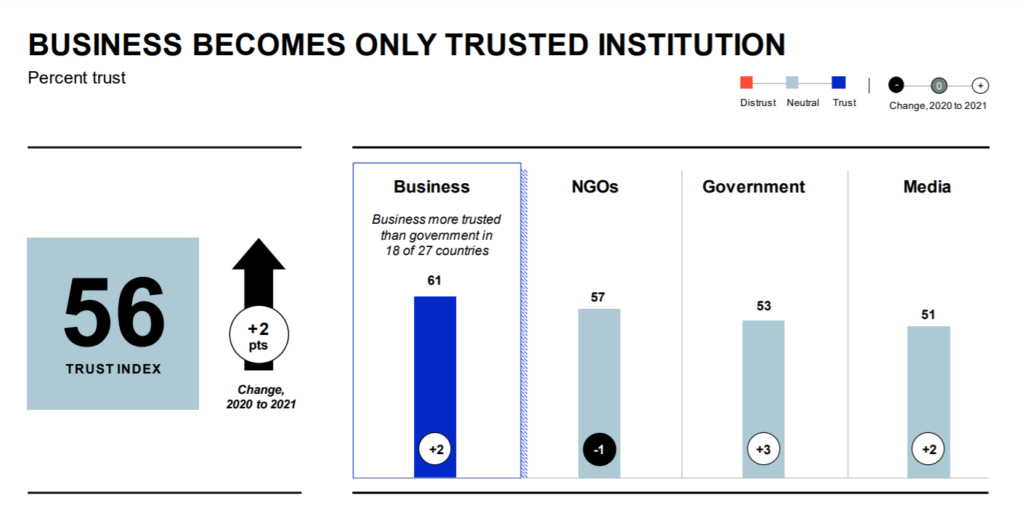September 25, 2021
Over the past year, we’ve compiled and shared resources, tools, articles, research, and case studies from all sectors and partners on different aspects of organizational resiliency. This month, we looked back at everything and pulled out some of our favorites. Learn more more about our work on Resiliency HERE.
Factor: Resiliency Ethos
Learn more about the Resiliency Ethos factor in the Resiliency+ Framework here.
Patterns for Change recently released this interactive guide for nonprofits looking for behavioral guidance during times of change and uncertainty.
How does the mind work during and after a crisis? And what we can learn from this information to create positive sustainable change? Read about it in The Disrupted Mind, a blog piece from Mindworks Lab. And dive deeper into their 6 Mindset Factors.
This is a great diagnostic tool from Innovation For Change geared toward civil society organizations working on policy and advocacy. It helps to identify their strengths and weaknesses in the policy and advocacy areas while sharing resources to address your organization’s specific needs.
In his new book Think Again: The Power of Knowing What You Don’t Know, Adam Grant draws on research and storytelling to “help us build the intellectual and emotional muscle we need to stay curious enough about the world to actually change it.” Tune in to this conversation with Adam and Brene Brown for more insights.
Factor: Adaptive Capacity
Learn more about the Adaptive Capacity factor in the Resiliency+ Framework here.
Download this GUIDE from the International Civil Society Centre about how to scan the horizon and make strategic decisions in an uncertain world.
Leadership coach Stephen Kotev explores the concept of polarities and how to manage them when trying to resolve seemingly entrenched conflicts on his blog post HERE.
How do you build up adaptive capacity? Going International works to support organizations to create a better world. They have assembled an expansive list of toolkits and manuals on everything from a diversity and inclusion organizational assessment to tools for social innovation.
The ability to adapt to change is at the core of organizational resiliency. In The Future of Team Leadership is Multimodal, Robert Hoojiberg and Michael Watkins discuss the post-pandemic future of teamwork and foresee a hybrid model of virtual coordination and in-person collaboration.
The FrameWorks Institute report, Mindset Shifts: What Are They? Why Do They Matter? How Do They Happen? explores the best practices and most effective strategies for moving mindsets.
Factor: Connectedness
Learn more about the Connectedness factor in the Resiliency+ Framework here.
The podcast, Partos Future Exploration – Shifting Civic Space discusses civil society connectedness amidst civic space challenges with CIVICUS Secretary-General Lysa John and Barbara Oosters, Civic Space lead at Oxfam Novib.
Tectonica’s new model evaluates how social movement organizing works to build power and impact political change. It draws on examples of success from movements like BLM and others to demonstrate the importance of measuring organizing and the process of learning through experimentation and failure.
Strengthening connections with our constituencies and our peer organizations is an important piece of resiliency. In her Ted Talk, How to have constructive conversations, speaker Julia Dhar discusses how to have “productive disagreements grounded in curiosity and purpose.” She says that this type of disagreement can actually help to strengthen relationships.
Check out this Platform Design Toolkit designed to support organizations in collaborating, co-creating and engaging in enriching conversations with others.
Factor: Business Acumen
Learn more about the Business Acumen factor in the Resiliency+ Framework here.
Organizational resiliency requires a commitment to ongoing innovation. States of Change released a new playbook for innovation learning, targeting practitioners looking for new ways to spread innovation skills, methods, and tools.
Collaboration Superpowers compiled a super-list of tools and apps to help us all work better while working remotely. Check out the list here and perhaps submit a tool of your own!
And find a curated list of donors supporting activists, civil society organizations, and small, informal civil society groups at DONOR FINDER from CIVICUS.
Change is hard for everyone and navigating it intentionally can be especially important for organizations. Check out The Social Age Guidebook Series: Free Action Focused Resources from Julian Stodd for resources and carefully guided reflections around the implementation of learning, leadership, and cultural and organizational change.
Factor: Legitimacy
Learn more about the Legitimacy factor in the Resiliency+ Framework here.
Hear from Tosca Bruno-van Vijfeijken and Srilatha Batliwala on this NGO Soul+ Strategy Podcast talking about Politics, Power and Feminist leadership in organizational dynamics.
Don’t know where to begin in terms of increasing your organization’s legitimacy with your constituencies? Check out this interview featuring Stanford professor Patricia Bromley for insights on how nonprofits can and should balance professionalization and formalization with trust and community building.
Solidarity Action Network has compiled a repository of case studies that showcase best practices, challenges, and lessons learned from resilience practices of international civil society organizations.
According to the 2021 Edelman Trust Barometer, “the global pandemic, the economic crisis, and our national racial reckoning of 2020 have deeply impacted the trust individuals have in all of our institutions and sectors.” Read more as Kristina Gawrgy Campbell shares four important takeaways for nonprofit and philanthropic leaders looking to build back trust.
Factor: Narrative Competency
Learn more about the Engaging Narratives factor in the Resiliency+ Framework here.
Narratives matter. They help us to make meaning of the world while also holding the power to drive and shape culture and policy change. Engaging with relevant meta-narratives in society requires capacity and infrastructure. Explore this article from Pop Culture Collaborative for five ways to strengthen narrative rapid response.
Understanding and practicing narrative competency is key to organizational resiliency, but where do you start? Take a look at this mini masterclass series convened by Future Advocacy and FrameWorks Institute UK on how to reframe the issues we care about to affect change.
Read the Center for Media and Social Impact’s Storytelling and Social Justice in Action: Leveraging Documentary Films to Strengthen Local Movement Building report for insights around the role nonprofits play on a local level as “civic network builders” and the art of storytelling and film as vehicles for empowering communities and strengthening social justice movements.
Genevieve Sauberli and Christina MacGillivray weigh in on the issue of ‘othering’ in the context of migration and migrant communities and offer a seven-step toolbox that shifts us away from zero-sum ‘us’ vs ‘them’ thinking to help us achieve lasting and impactful change.
In 10 Website Design Best Practices for Nonprofits, Heather Mansfield postulates that websites are the foundation upon which digital communication and fundraising campaigns are built and are essential tools in narrative change.
Factor: Situation Awareness
Learn more about Situational Awareness in the Resiliency+ Framework here.
What is systems change, and why does it matter for your organization? Experts from Systems Innovation answer these questions and others in this visual and interactive presentation.
The first draft of the Systems Innovation Ecosystem Template was recently released. This template is designed to help you think through and define the different aspects of developing a systems innovation ecosystem.
Navigating Civic Space in a Time of Covid from Action for Empowerment and Accountability (A4EA) – an international research program that explores how social and political action can contribute to empowerment and accountability in fragile, conflict, and violent settings, with a particular focus on Egypt, Mozambique, Myanmar, Nigeria, and Pakistan.
For more on systems thinking you can watch this video presentation from the University of Hull’s Centre for Systems Studies on “An Introduction to Systems Thinking for Tackling Wicked Problems.”


